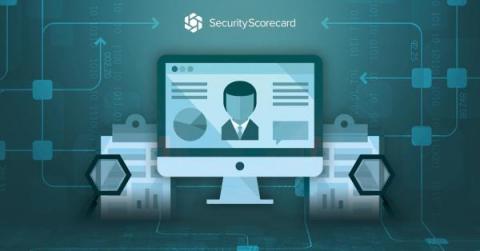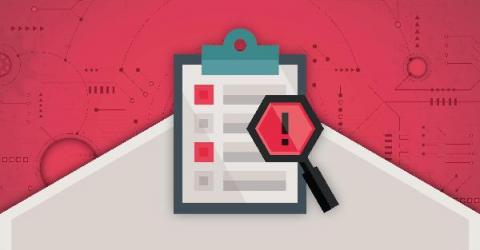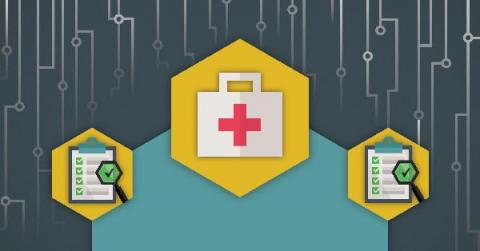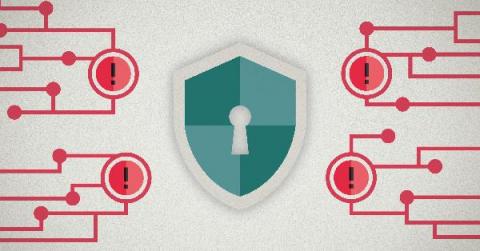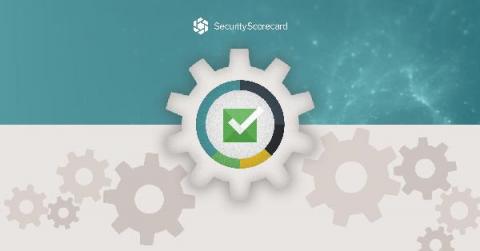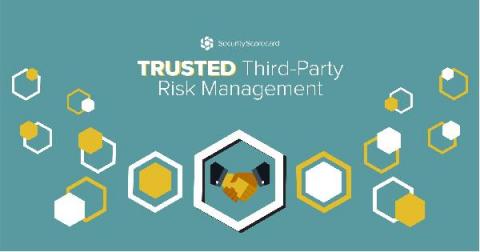Assessing Cyber Risk: 13 Critical Questions for the Board
Boards of Directors constantly need to be educated about and aware of their organizations’ cybersecurity posture. Regulations hold them responsible for decision-making and governance. Meanwhile, increased ransomware attacks pose a financial risk to their shareholders. To enhance the risk analysis, questions like these can provide visibility into the company’s strategy.


